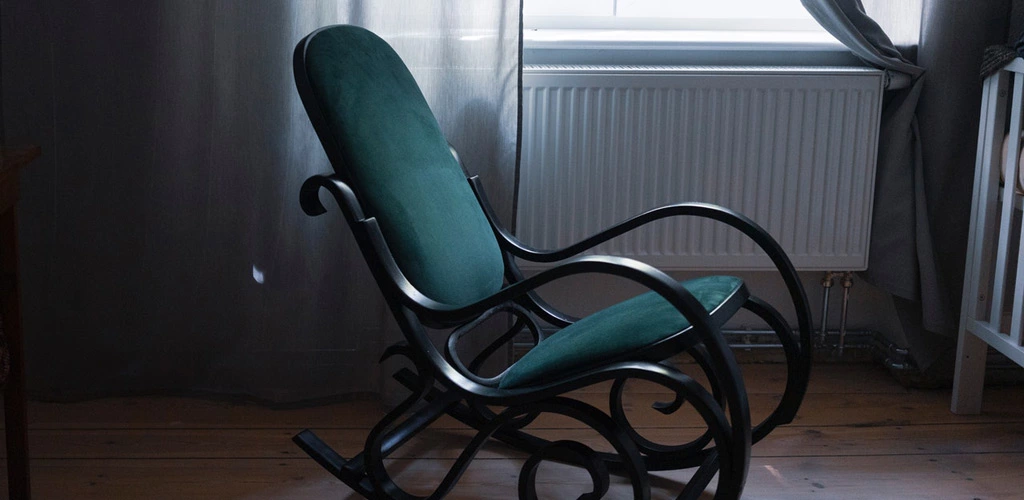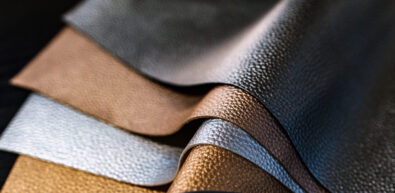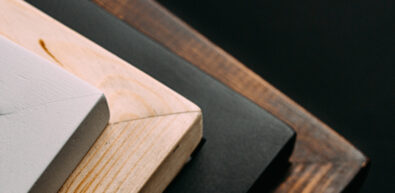Table of Contents
Identifying an antique rocking chair can be a bit tricky but if you know what to look for in the chair, you can easily tell the difference between an original, a replica, or a reproduction. To determine and identify an antique rocking chair you have to keep this fact in mind that looking at the chair’s shape, style and model will not give you a clear result.
You should also take a look at its material, techniques, and its construction for a better idea. This type of consideration and focus will not only tell you about its originality but will help you to determine the age of the chair as well.
Although there are plenty of things that can be used as an identification, some of the best factors that can easily give you an authentic result are as follows:
- Material Used in Chair’s Construction
- Focusing on the Chair’s Construction
- Design and Style
Material used in chair’s construction
If you want to know the origin and age of your rocking chair, identifying the type of wood can reduce a lot of your difficulty, but keep this fact in mind that determining the age of the chair just by the type of wood is not enough. Different types of wood have been used in history and some species of wood have gained too much popularity in significant periods of ancient time.
Identify the Wood Used for Chair
The chairs produced in the region were heavily influenced by the type of wood available locally and some forests became well known commercial commodities. With the change of period, the trends kept on changing and some of the types according to their time period are as follows:
- Walnut: 1700’s
- Mahogany: 1700’s and late 1800’s
- Oak: Early 1700’s and Early 1900’s
- Cherry Wood: Early 1800’s
- Maple Wood: Early 1800’sRosewood: Late 1800’s
Identify the Final Coat and Finishing
The coating of paint of something related was done on the rocking chairs to improve its aesthetics and protect the wood as well. You can tell if the chair is antique by looking at the type of finishing in some cases. You can also perform a test for this purpose but it is not recommended as it may damage a small point of your rocking chair.
- Pre-1860 furniture usually has a shellac finish.
- If shellac is in good condition, the finish will have a deep, shiny look as it is applied in thin layers.
- Lacquered and varnish were first invented after the mid-1800s.
- Lacquered will have thicker layers and a less shiny look as compared to shellac finish.
- If the chair is varnish and old, it usually starts peeling off while telling its identity.
- Milk paint, wax, and oil also indicated a very long age of a rocking chair.
- A chair with visible clumps of wax and light shines indicates that the chair has a wax finish and probably is an antique.
Focusing on the chair’s construction
There are no foolproof methods to identify and tell that the chair is antique just by looking at it, but if you focus on the construction of the chair, you can easily tell if the rocking chair is made by the hands of craftsmen or a modern machine.
Do keep this fact in mind that there are many craftsmen in this era that can produce chairs using the ancient technique, so you should look at the chair as a whole while considering all its aspects.
- Focus on similar objects such as chair’s arms and rockers, if there is a slight difference in size or shape, this is a clear indication of a handmade chair.
- As handmade joints are fixed using glue, they will have a rough surface and look, while if the joints have a clear and smooth finish, it means that the chair is made in the modern era.
- Early nails usually come with squares and don’t have a perfect shape and if your vintage rocking chair has such types of nails, it could be an antique chair.
- Machine-made nails were first manufactured in the 1800s which means that if your chair has modern nails it is not older than the 1800s.
Design and style
There are certain models that are designed and manufactured by some specific masters, craftsman, or company. Such rocking chairs are quite popular nowadays that one can easily determine its time period.
Find Manufacturer’s Mark
You can identify an antique chair by finding the manufacturer’s mark. Finding the manufacturer’s mark on the chair can be a bit challenging but it can provide you with a lot of necessary information to tell if the chair is antique.
Parts to Look for Manufacturer’s Mark
Mostly the mark of the manufacturers can be found on one of the major parts such as the back of the chair, its spindle, or most commonly under the seat of the chair. If you don’t find any label or sign in these parts, you should focus on the whole chair. Make sure that you put complete focus as there are possibilities that the mark may have disappeared and there are only minor signs left behind.
Match Manufacturer’s Period and Trends at that Time
If you can identify the craftsmen or manufacturer, you will only have to look for the trends in the manufacturer’s period and region. In this case, you will have effective factors to identify whether your rocking chair is antique or not.
Major types of antique rocking chairs
When it comes to identifying a vintage rocking chair, its type and style can be your biggest clue to the manufacturers especially if there is no sign/mark of him. There plenty of vintage rocking chair styles and mentioning all of them may not be possible but some of the most common and popular types of antique rocking chairs are listed below:
- Boston Rocker
- Bentwood Rocker
- Folding Rocking Chair
- Platform Rockers
- Jenny Lind Children’s Rocker
- Ladderback Rocker
- Wicker Rocking Chair
- Pressed Back Rockers
- Windsor Rocking Chair
- Mission Style Rockers
- Sewing Rockers





